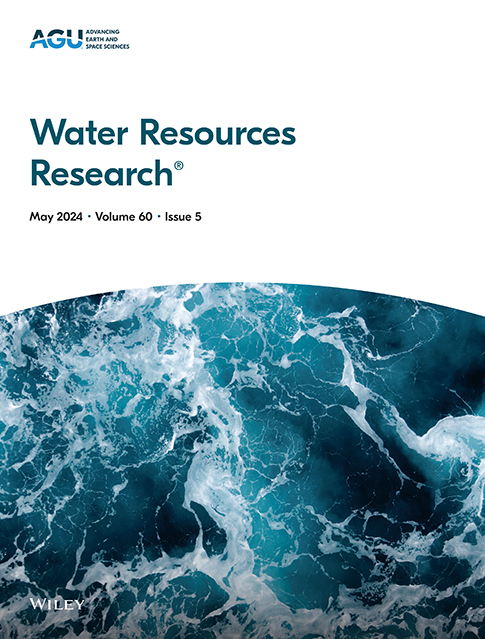Controls of Climate Seasonality and Vegetation Dynamics on the Seasonal Variability of Terrestrial Water Storage Under Diverse Climate Regimes
IF 4.6
1区 地球科学
Q2 ENVIRONMENTAL SCIENCES
引用次数: 0
Abstract
Terrestrial water storage change (ΔS) is an important indicator of climate change that can monitor and predict hydrological changes. However, the interactions between ΔS and climate, vegetation, and soil factors add complexity in temporal variability of ΔS, particularly at seasonal scale. Here, we conduct a systematic assessment in the roles that seasonal variabilities of climate and vegetation modulate seasonal variability of ΔS in 769 basins covering a wide range of climate regimes and vegetation types globally. The variance decomposition method of ΔS based on the Budyko framework is used to estimate the contributions of climate factors (precipitation P and potential evapotranspiration PET) and runoff (R) to ΔS variability for different vegetation types. Results indicate that the increased climatic (P, PET) and R seasonal variabilities enhances ΔS seasonal variability under both in-phase (IP) and out-of-phase (OP) seasonal relations between P and PET, with a larger contribution from P than PET and R. However, the P-PET covariance tends to reduce (enhance) ΔS seasonal variability under the IP (OP) relation, while the P-R covariance tends to reduce ΔS variability for both IP and OP relations. Climate seasonality influencing ΔS is regulated through vegetation dynamics, mainly via extending plant roots to access deeper soil water under water stress or by seasonally adapting water use efficiency and primary production. The growth of seasonal vegetation under the IP P-PET relation can cope with limited soil water, while the growth of evergreen vegetation under OP P-PET relation depends on soil water availability throughout the year.求助全文
约1分钟内获得全文
求助全文
来源期刊

Water Resources Research
环境科学-湖沼学
CiteScore
8.80
自引率
13.00%
发文量
599
审稿时长
3.5 months
期刊介绍:
Water Resources Research (WRR) is an interdisciplinary journal that focuses on hydrology and water resources. It publishes original research in the natural and social sciences of water. It emphasizes the role of water in the Earth system, including physical, chemical, biological, and ecological processes in water resources research and management, including social, policy, and public health implications. It encompasses observational, experimental, theoretical, analytical, numerical, and data-driven approaches that advance the science of water and its management. Submissions are evaluated for their novelty, accuracy, significance, and broader implications of the findings.
 求助内容:
求助内容: 应助结果提醒方式:
应助结果提醒方式:


